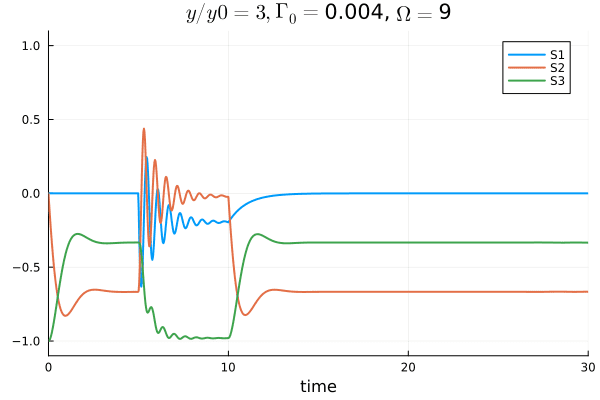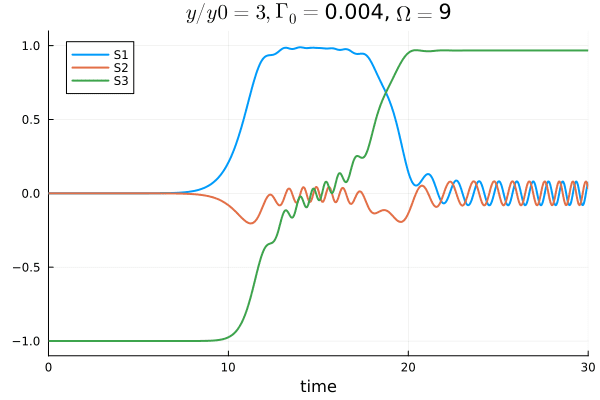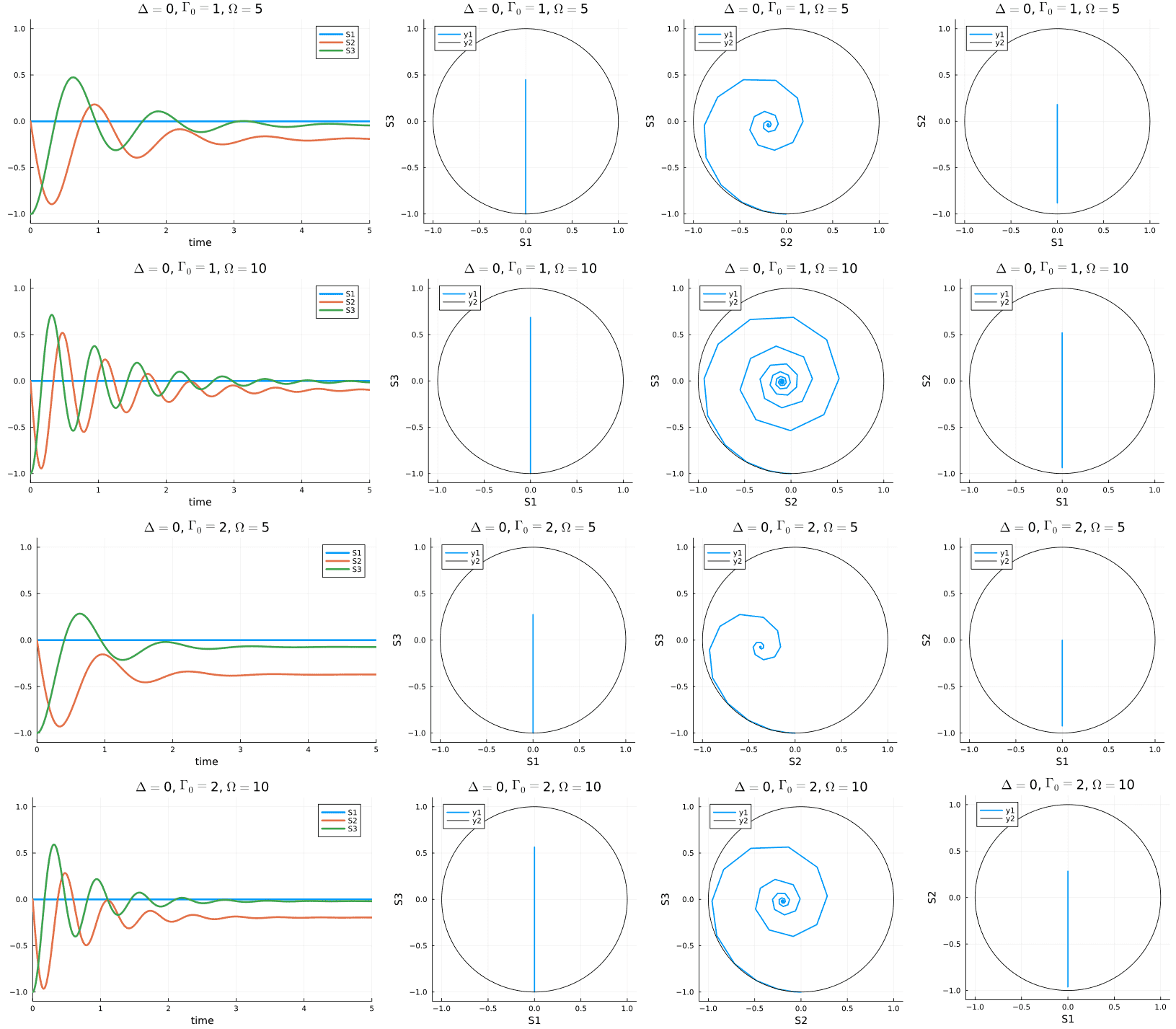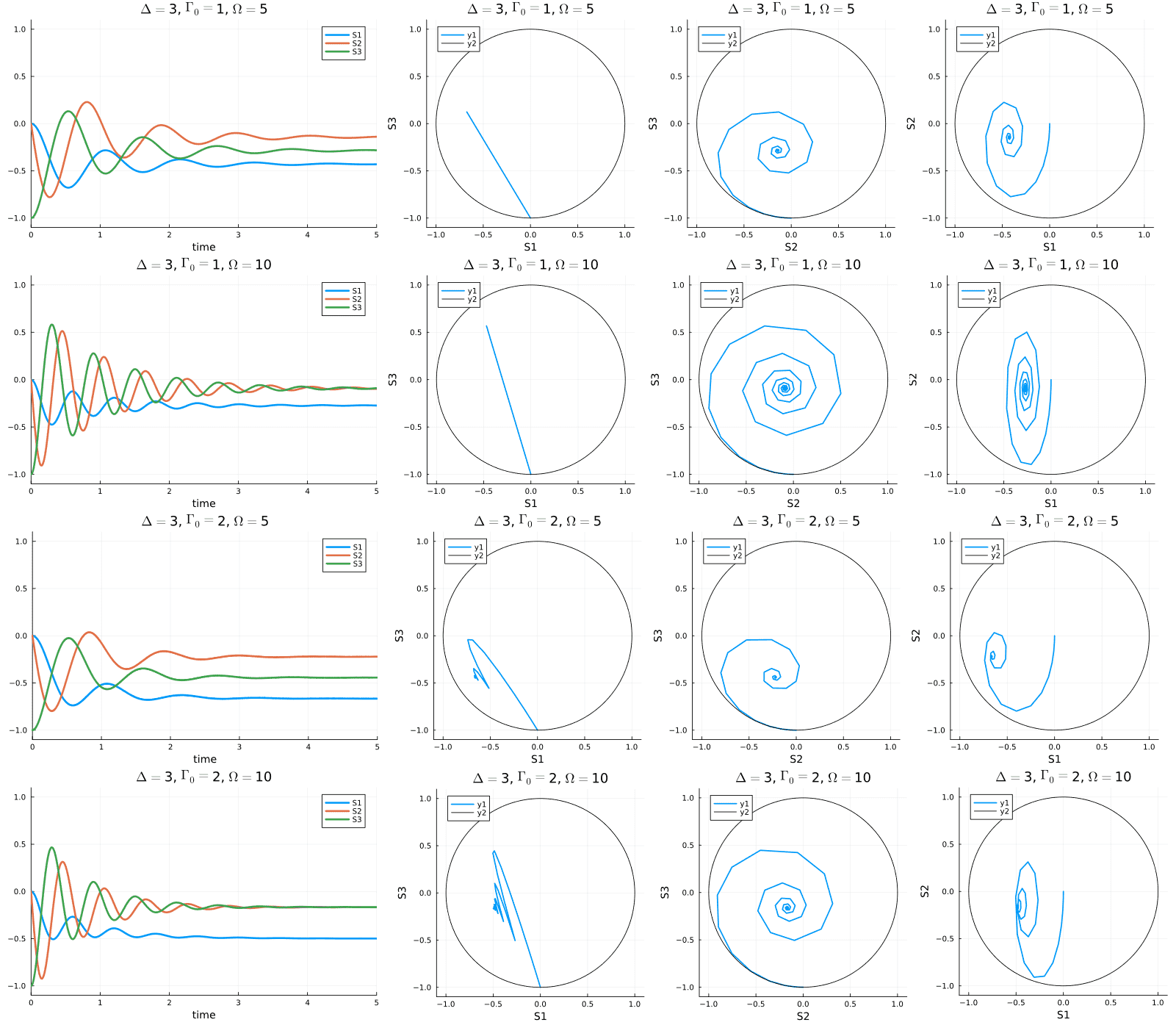Laser Physics Spring Semester 2024
Learned topics are as below.1. Classical theory of emission and absorption
2. Einstein's theory of matter-field interaction
3. Semiclassical theory of atom-field interaction
4. Spectral broadening; homogeneous and inhomogeneous broadening
5. Saturation spectroscopy (Lamb dip)
6. Bloch equation; adiabatic following, free-induction decay, photon echo, Ramsey fringe
7. Coherent pulse propagtion (pulse area theorem)
8. Full quantum theory of laser
9. Strong interaction between atom and cavity (Jaynes-Cummings model, dressed states)
10. Pulse lasers; Q switching, mode locking, frequency pulling, frequency comb, stimulated Raman adiabatic passage (STIRAP), electromagnetically induced transparaency (EIT)
Throughout the course, I learned how to describe atom-field or matter-field interaction, how to utilize lasers in experiments, and spectroscopy backgrounds.



